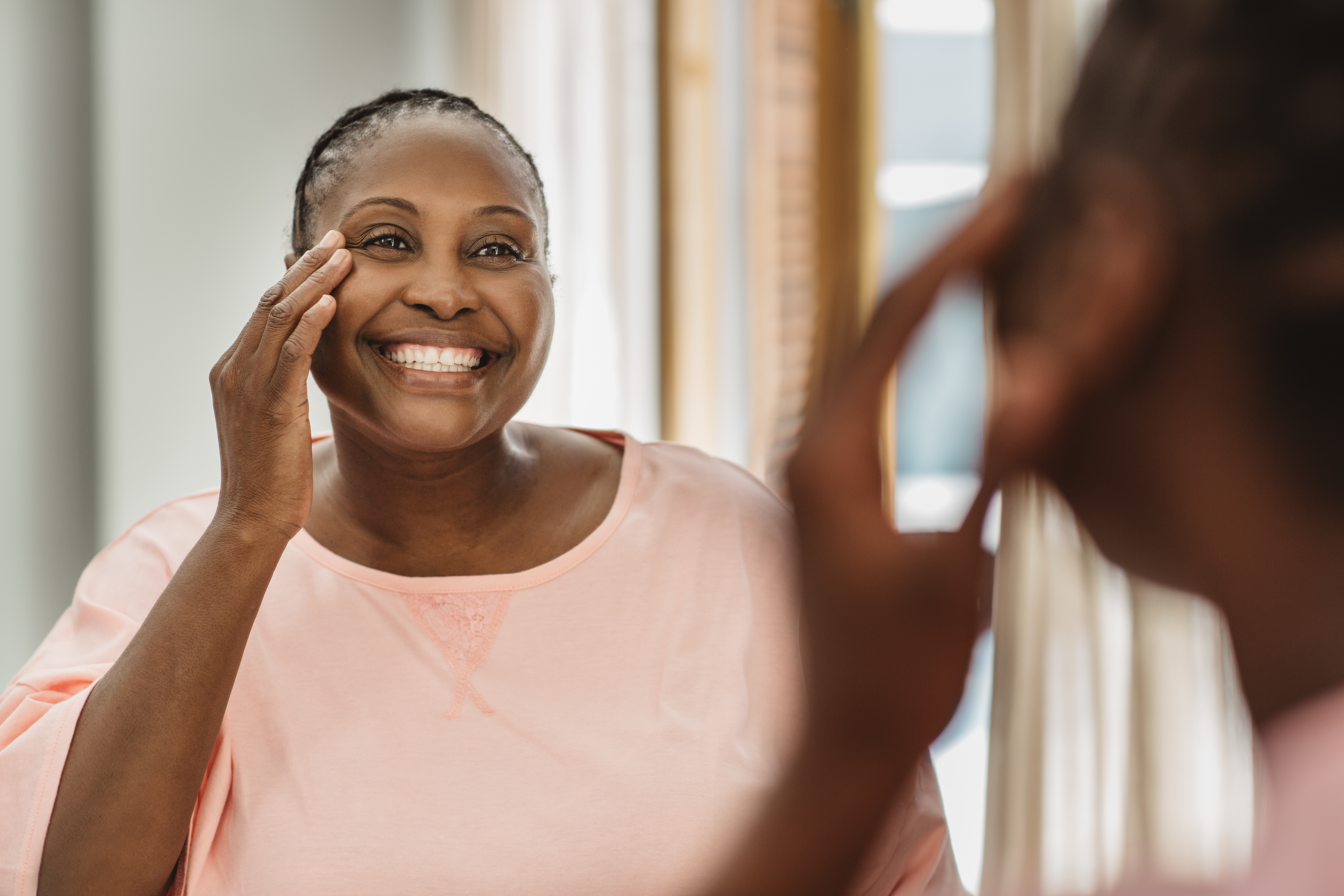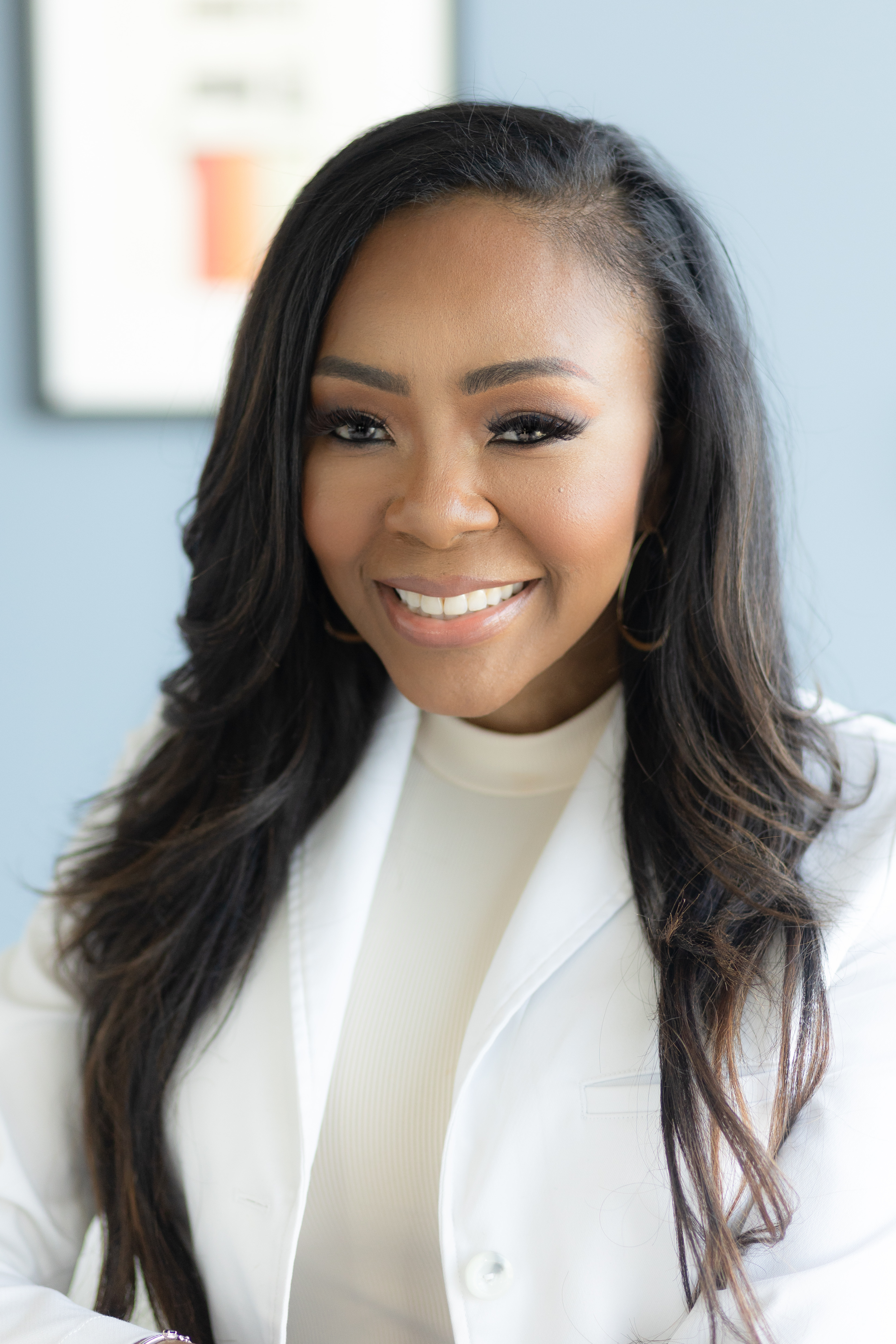AARP Hearing Center

Getting older brings wisdom and resilience, but it also brings changes to skin and hair that can feel surprising. Many adults notice dryness, thinning, or slower healing and wonder if something is wrong. In most cases, these shifts are normal and reflect the body’s natural aging process. Knowing why they happen and how to care for yourself helps you stay comfortable, protect your health, and have informed conversations with your healthcare provider.
Organizations such as the American Academy of Dermatology (AAD), the National Institutes of Health (NIH), and the Centers for Disease Control and Prevention (CDC) emphasize that healthy aging isn’t about reversing time. It’s about understanding the changes your body is undergoing, protecting it from further damage, and catching potential problems early.
What Happens to Skin as We Age
Skin is the body’s largest organ and its first line of defense. Over time, its structure naturally shifts. The supportive middle layer (dermis) produces less collagen and elastin, the proteins that give skin strength and flexibility. The outer layer (epidermis) becomes thinner and more fragile. Oil glands slow down, resulting in dryness and itchiness. Blood flow to the skin decreases, so nutrients and oxygen arrive more slowly, resulting in cuts or scrapes healing more slowly.
Decades of ultraviolet (UV) exposure also leave their mark. Sunlight breaks down collagen and elastin, contributing to the development of wrinkles and sagging. Pigment cells can cluster, creating brown “age spots,” uneven tone, or rough patches. Some medications commonly used later in life, such as diuretics or cholesterol-lowering drugs, can worsen dryness or increase sun sensitivity.
These are normal changes. They do not mean your skin is unhealthy, but they do mean it needs extra protection and care.
Simple, Science-Based Skin Care
Dermatology experts recommend focusing on comfort and protection rather than complicated beauty regimens. Hydration is key. Bathing or showering with warm (not hot) water and using mild, fragrance-free cleansers keeps the skin barrier intact. Applying moisturizer while the skin is still slightly damp helps lock in water and reduces itching. Long, hot showers and harsh soaps can strip the skin’s natural oils, exacerbating dryness.
Sun protection remains essential well past midlife. According to the AAD, up to 80% of visible skin aging is caused by UV exposure. Applying a broad-spectrum sunscreen of SPF 30 or higher to the face, neck, chest, hands, and any exposed skin every day, even when it’s cloudy, prevents further damage and lowers the risk of skin cancer. Wide-brimmed hats and long sleeves add extra defense without cost.
Lifestyle also plays a role. Smoking damages collagen and reduces circulation, which accelerates the formation of wrinkles and hinders healing. Heavy alcohol use dries and inflames skin. Stopping smoking and moderating alcohol consumption benefits not only overall health but also skin resilience.
Because individual health conditions and medications can impact the skin, it’s always wise to consult with your healthcare provider before making significant changes. Individuals with sensitive skin, diabetes, or vascular disease may require additional guidance or prescription treatments to manage dryness or irritation.
Keep Skin Health a Priority
Skin changes aren’t only about comfort or appearance — they’re also medical. The CDC and AAD recommend annual full-body skin exams, especially for adults over 50 or anyone with a history of significant sun exposure. Any sore that doesn’t heal, a spot that bleeds, or a mole that changes in size, shape, or color should be evaluated promptly. Dermatologists teach the “ABCDE” rule for suspicious moles: asymmetry, irregular borders, color variation, diameter larger than a pencil eraser, and evolution or change over time. Early detection of skin cancers, including melanoma, dramatically improves outcomes.
Why Hair Changes With Age
Hair is also affected by time and biology. Each strand grows from a follicle that cycles through active growth and rest. As we age, growth phases become shorter and follicles shrink, resulting in thinner, shorter hairs. Hormonal changes, especially the drop in estrogen after menopause, can speed this process. The scalp’s oil glands produce less sebum, so hair often feels drier and more brittle. Pigment-producing cells gradually cease to function, resulting in gray or white strands.
These changes are expected, but very sudden or patchy hair loss is not typical and should be checked by a healthcare provider. Thyroid disease, autoimmune conditions, nutritional deficiencies, or certain medications can contribute to unexpected shedding.
Caring for Aging Hair
Healthy hair begins with a healthy scalp and overall wellness. Washing less frequently — often once to three times a week helps preserve the scalp’s limited natural oils. When washing is needed, gentle cleansers and regular conditioning reduce breakage and dryness. Because hair is primarily protein, diets that include adequate protein, along with iron, zinc, and omega-3 fatty acids from foods such as fish, eggs, beans, and nuts, support growth and strength.
Excess heat styling, harsh chemical treatments, and tight hairstyles that pull on the scalp can accelerate breakage and thinning. If your scalp becomes itchy, flaky, or inflamed, consult a healthcare professional for advice. Conditions such as seborrheic dermatitis or psoriasis can worsen hair shedding if untreated.
When to Seek Professional Advice
Although most age-related changes are normal, certain signs warrant medical evaluation. These include sudden or uneven hair loss, new or rapidly changing skin spots, sores that don’t heal, or persistent scalp irritation. Healthcare providers can rule out underlying conditions and offer treatments ranging from prescription creams for skin to therapies that support hair growth.
The Bottom Line
Aging skin and hair reflect the life you’ve lived, but they also benefit from thoughtful care. Three pillars for healthy hair and skin aging you should remember include:
- Daily sun protection to prevent further damage and reduce cancer risk
- Gentle, consistent hydration and cleansing to support thinning, drier skin fragile hair
- Regular skin checks to catch problems early
With practical steps and guidance from your healthcare provider, you can maintain comfortable skin, healthy hair, and feel confident navigating the natural changes that come with age. You can’t stop the clock, but you can age well by keeping your skin protected and your hair healthy as the years go by.
***The information shared in this article is provided for educational purposes only. It is not intended to replace professional medical advice, diagnosis, or treatment from a qualified healthcare provider. If you are experiencing a medical emergency, please call 911. Always consult your healthcare provider for any medical concerns, and do not delay seeking professional advice based on the content found on this website. AARP is not responsible for the consequences of any decisions or actions taken in reliance upon or as a result of the information provided.***

ABOUT NURSE ALICE BENJAMIN
With over 25 years of healthcare experience, Nurse Alice is an accomplished family nurse practitioner and clinical nurse specialist whose expertise spans from critical care and emergency medicine to cardiology and community health.
In addition to her clinical work, Nurse Alice is a respected educator, media health contributor, and public speaker who has collaborated with organizations such as the American Heart Association, AARP, and NBC News.































































